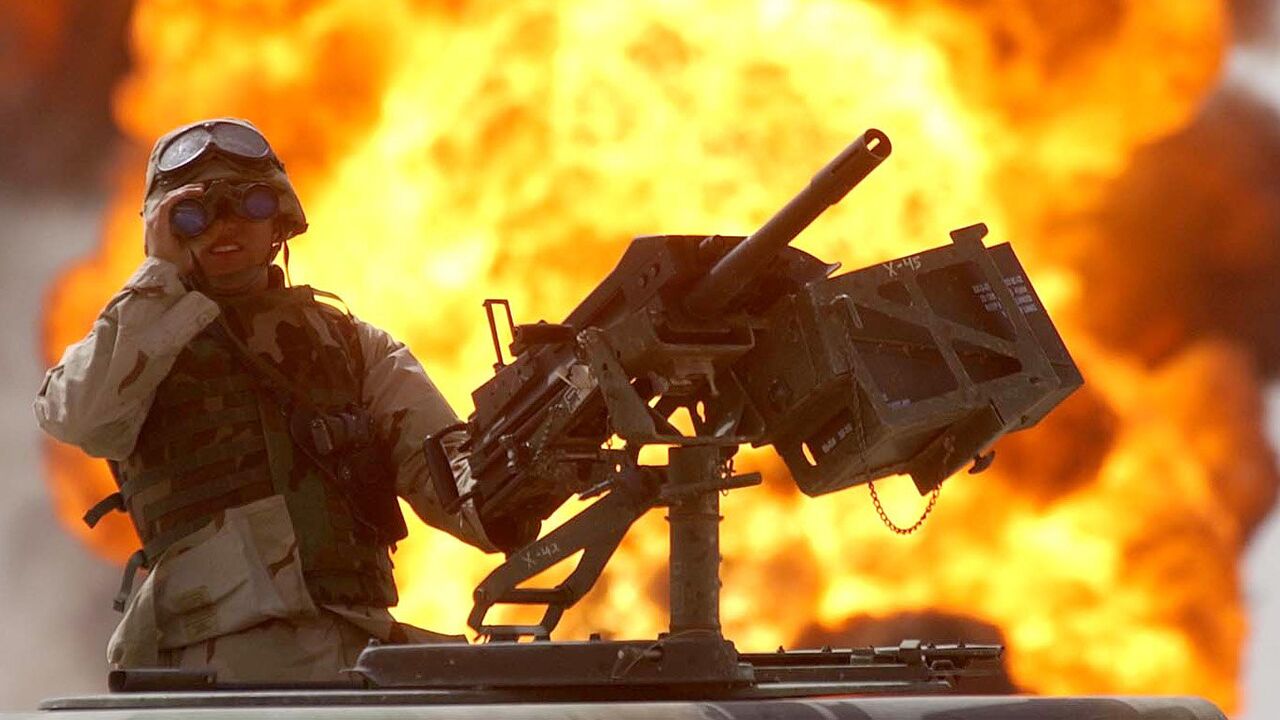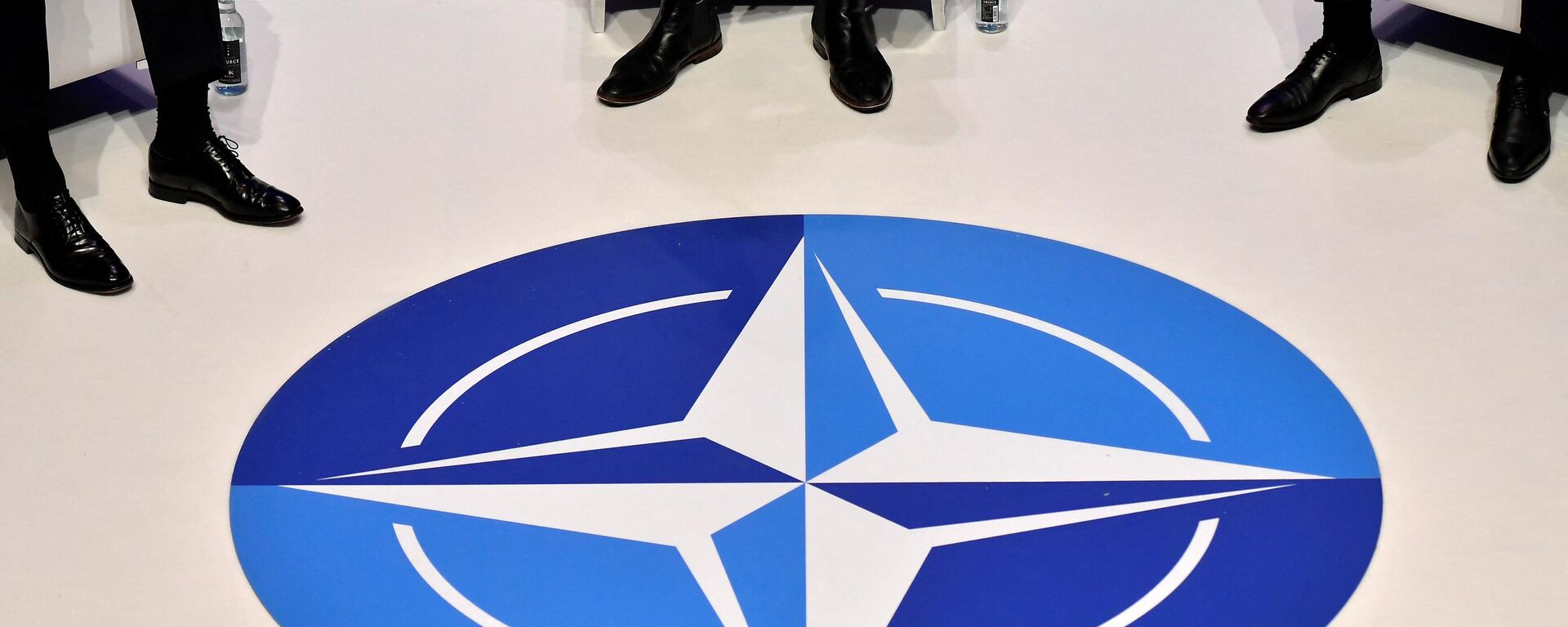
Detractors of US foreign and security policy have long accused Washington of donning itself the job of ‘world policeman’, and of starting or getting involved in conflicts abroad to try to preserve the post-Cold War US-led security and economic ‘world order’.
The United States has carried out some 392 military interventions since the American revolution, with nations in Latin America & the Caribbean and Asia becoming its favorite targets, a new study has found.
The study, entitled ‘Introducing the Military Intervention Project: A new Dataset on US Military Interventions, 1776-2019’, has been published in the Journal of Conflict Resolution, and features a new, expanded list of parameters defining interventions, and other important details, such as their geographic scope, and is based on mathematical modeling.
“The cumulative impact of what we discovered from our data collection was indeed surprising. We hadn’t expected both the quantity and quality of US military interventions to be as large as revealed in the data,” study coauthor Sidita Kushi, an assistant professor at Bridgewater State University, said.
“Currently, the United States has US special forces deployed in more countries than it does ambassadors,” Monica Duffy Toft, the other coauthor, and professor at Tufts University, said of the research.
Using a new dataset combining over 200 variables called the ‘Military Intervention Project’, Kushi and Toft calculated that US military interventions abroad have accelerated with time, with about half taking place since 1950 alone, and one quarter since the end of the Cold War in 1991, despite a relative decline in threats to US national security.
“Since 2000, alone, the US has engaged in 30 interventions at level 4 (usage of force) or 5 (war). The post-Cold War era has produced fewer greater power conflicts and instances in which to defend vital US interests, yet US military interventions continue at high rates and higher hostilities,” the authors explained. “Thus, this militaristic pattern persists during a time of relative peace, one of arguably fewer direct threats to the US homeland and security.”

From Non-existent Enemies to Internal Bureaucratic Squabbles: Five Reasons NATO is Obsolete
28 June, 15:18 GMT
The dataset includes everything from full-on wars, counterinsurgency operations and troop deployments to displays and threats of force, plus little-known covert operations.
The study found that over the past two-and-a-half centuries, 34 percent of the US’s interventions have been against countries in Latin America and the Caribbean, 23 percent against East Asia and the Pacific, 14 percent in the Middle East and North Africa, and 13 percent in Europe.
The scholars also pointed to the so-called “humanitarian” and “democratizing” justifications for the use of force, as well as validations under the ‘Global War on Terror’ doctrine, have been used liberally over the past thirty years, notwithstanding their often legally flimsy and practically counterproductive nature.
Toft lamented that even if Washington were to return to a foreign policy in which military force becomes less of a go-to-tool, it could take “years” for such a policy to bear fruit.
However, given current global security environment, and “inertia” of the Washington political machine, Tofts said she and Kushi expect “to see a continuing upward trend on US interventions in both the Middle East and North Africa and Sub-Saharan Africa.”
Published by Sputnik News
Republished by The 21st Century
The views expressed in this article are solely those of the author and do not necessarily reflect the opinions of 21cir.com
